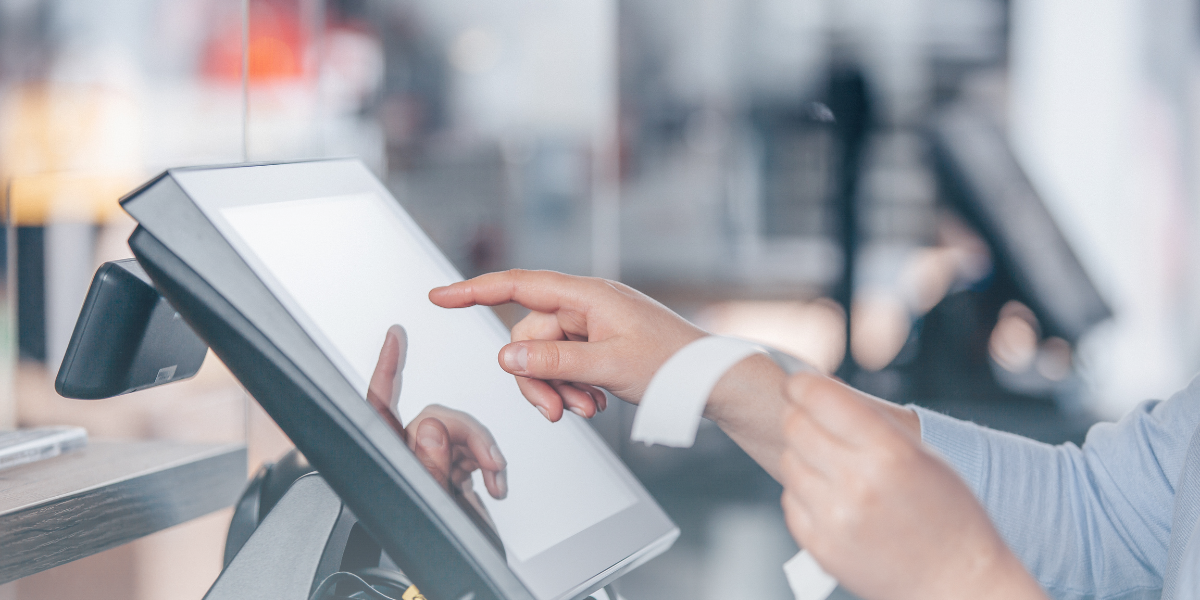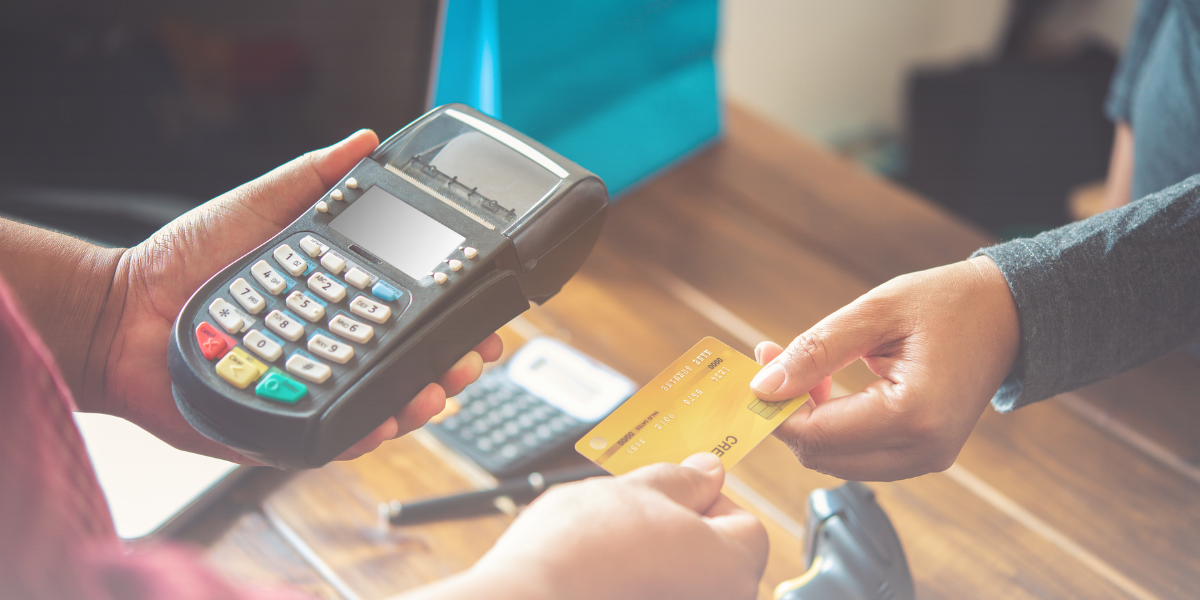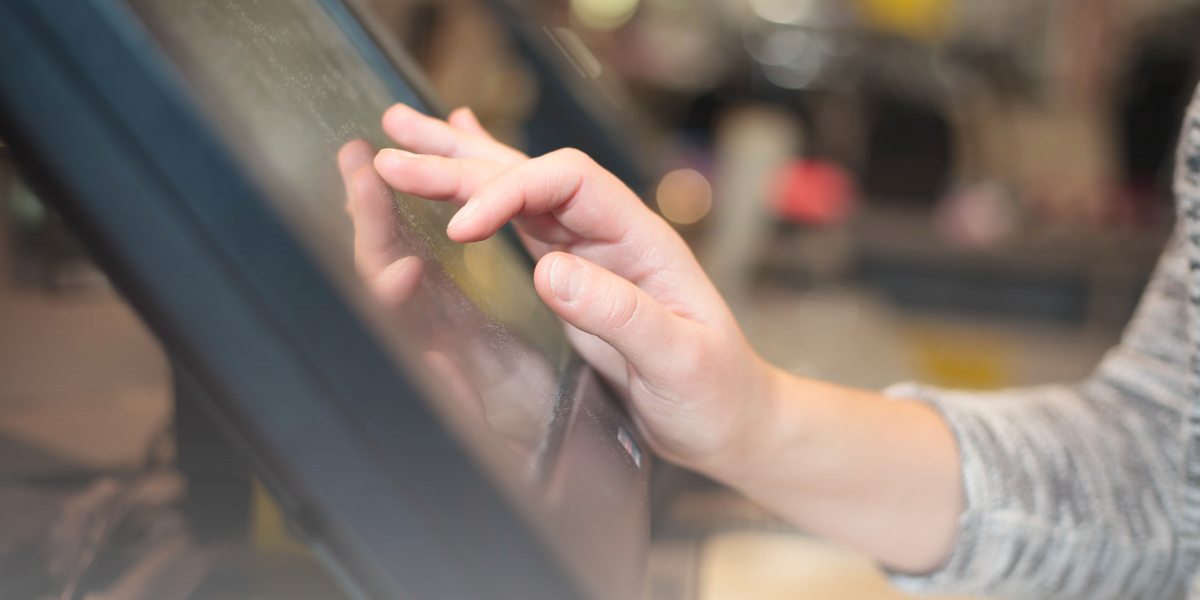Running a beauty salon is no small feat. From managing appointments to ensuring a seamless checkout experience, every detail matters. One of the most critical tools in your arsenal is a Point of Sale (POS) system. But with so many options available, how do you choose the right POS for your beauty salon? This guide will walk you through everything you need to know to make an informed decision.
Why a POS System is Essential for Your Beauty Salon
A POS system is more than just a tool for processing payments. It’s an all-in-one solution that can streamline your operations, improve customer satisfaction, and boost your bottom line. Here’s why a POS for beauty salon is indispensable:
Streamlined Appointment Management
A good POS system integrates with your appointment calendar, allowing you to manage bookings effortlessly. This reduces the chances of double bookings and ensures a smooth scheduling process. For instance, systems like Booksy and Qashier offer comprehensive appointment scheduling features that allow clients to book appointments online, reducing the chances of double bookings and ensuring a seamless scheduling process. Automated reminders and confirmations can be sent to clients a few days before their appointment, which helps in reducing no-shows and improving customer satisfaction.
Fast and Secure Payment Processing
With a reliable POS system, you can accept various payment methods, including credit and debit cards, contactless payments, and mobile wallets. This flexibility enhances the customer experience and reduces the risk of lost sales. Systems like Moneris provide fast and secure payment processing, ensuring that transactions are smooth and efficient. This is crucial for maintaining a positive customer experience, as clients expect quick and hassle-free payment options.
Inventory Management
Keep track of your stock levels in real-time, set up low-stock alerts, and generate purchase orders automatically. This ensures you never run out of essential products. POS systems like those offered by Moneris provide robust inventory management features that allow you to monitor stock levels, automatically place replenishment orders, and access detailed product information. This helps in optimizing inventory levels, reducing waste, and ensuring that you always have the products and supplies needed to serve your customers.
Customer Relationship Management (CRM)
Maintain detailed client profiles, including service history and preferences. This allows you to offer personalized services and build long-term customer loyalty. A POS system can store and retrieve customer information such as name, contact details, birthday, allergies, preferences, feedback, purchase history, and loyalty points. This data can be used to provide personalized service, tailor-made offers, and relevant communication, thereby enhancing the overall customer experience and fostering loyalty.
Employee Management
Track employee performance, manage schedules, and calculate commissions effortlessly. This helps you optimize staff productivity and ensure fair compensation. POS systems like those from Wellyx and Miosalon offer features that help in managing employee hours, tracking sales data, and automating payroll processes. This not only improves efficiency but also helps in motivating employees by providing clear performance metrics and fair compensation.
Enhanced Customer Experience
A POS system can significantly enhance the customer experience by providing fast and accurate service, reducing waiting times, and offering personalized interactions. For example, systems like Moneris provide features that allow for quick check-ins, automated reminders, and personalized service recommendations based on customer history and preferences. This not only improves customer satisfaction but also increases the likelihood of repeat business and positive word-of-mouth referrals.
Marketing and Promotions
A POS system can help you execute targeted marketing campaigns and manage loyalty programs. Look for ones that allow you to set up and manage loyalty programs, send targeted emails, and run promotional campaigns. This helps in attracting new customers and retaining existing ones, thereby boosting your salon’s revenue.
Financial Reporting and Insights
Access to detailed reports on sales, inventory, and employee performance can help you make data-driven decisions. POS systems that provide comprehensive reporting and analytics features that allow you to monitor your salon’s financial performance, track sales trends, and identify areas for improvement. This helps in making informed business decisions and optimizing your salon’s operations for maximum profitability.
Flexibility and Mobility
Many modern POS systems offer mobile apps or cloud-based solutions that give you the flexibility to manage your salon from anywhere. Systems that provide mobile and cloud-based solutions allow you to keep track of appointments, sales, and inventory on the go. This ensures that you’re always in control of your business, even when you’re not physically present at the salon.
Key Features to Look for in a POS Software for Beauty Salon
When choosing a POS software for a beauty salon, it’s essential to consider the features that will best meet your needs. Here are some must-have features:
- Comprehensive Appointment Scheduling: Look for a system that allows online booking, sends automated reminders, and integrates seamlessly with your calendar.
- Integrated Payments: Ensure the POS system supports various payment methods and offers fast, secure transactions.
- Inventory Management: The system should provide real-time inventory tracking, low-stock alerts, and automated purchase orders.
- Customer Loyalty Programs: A good POS system should allow you to set up and manage loyalty programs to reward repeat customers.
- Employee Management: Features like performance tracking, scheduling, and commission calculations are crucial for managing your team effectively.
- Reporting and Analytics: Access to detailed reports on sales, inventory, and employee performance can help you make data-driven decisions.
Choosing a POS Software for Beauty Salons
Choosing the right POS software is crucial for the smooth operation and success of a beauty salon. A robust POS system not only handles transactions but also manages appointments, tracks inventory, and enhances customer service. For beauty salons, Moneris POS is an excellent choice, offering a comprehensive solution tailored to the unique needs of the beauty industry.
Why Choose Moneris POS for Your Beauty Salon?
- Appointment Management: Easily schedule, reschedule, and track appointments, preventing double bookings and missed appointments.
- Inventory Tracking: Manage your beauty product inventory in real-time, with alerts for low stock and simplified reordering.
- Customer Relationship Management (CRM): Store customer information and preferences to provide personalized service and targeted promotions.
- Payment Processing: Accept various payment methods, including credit/debit cards, contactless payments, and mobile wallets, for a seamless payment experience.
- Reporting and Analytics: Access detailed reports to track sales, monitor employee performance, and analyze customer trends, aiding in data-driven decision-making.
- Ease of Use: An intuitive interface makes Moneris POS easy for staff to learn and use, reducing training time.
Moneris POS helps beauty salons streamline operations, improve customer satisfaction, and grow their business, providing the tools and support needed to succeed.
Optimizing Your POS System for Success
Once you’ve chosen the right POS system for your beauty salon, it’s essential to optimize it for maximum efficiency. Here are some tips to ensure you get the most out of your investment:
1. Regularly Update Your System
Ensuring your POS software is always up-to-date is crucial for benefiting from the latest features and security enhancements. Regular updates not only introduce new functionalities but also fix bugs and improve system stability. This is particularly important for maintaining the security of customer data and ensuring compliance with industry standards. For instance, modern POS systems often include updates that enhance data encryption and introduce new payment methods, such as mobile wallets and contactless payments, which are increasingly popular among customers.
2. Train Your Staff
Providing ongoing training to your staff is essential to ensure they are comfortable using the system and can take full advantage of its features. Training should not be a one-time event but an ongoing process. Here are some best practices for training staff on POS software:
- Hands-On Practice: Allow staff to use the software in a simulated or real environment where they can perform common tasks such as ringing up sales, processing returns, and checking inventory. This method helps them learn by doing and builds confidence.
- Role-Specific Training: Tailor the training to the specific roles of your staff. For example, front-desk staff might need more training on appointment scheduling and customer check-ins, while back-office staff might focus on inventory management and reporting.
- Regular Refresher Courses: Provide refresher courses and quizzes to help staff retain information and stay updated on new features. This can also include troubleshooting common issues to ensure staff can handle problems efficiently.
- Feedback and Evaluation: Regularly evaluate the effectiveness of the training and gather feedback from staff to identify areas for improvement. This helps in refining the training program and addressing any gaps in knowledge.
3. Monitor Performance
Use the reporting and analytics features of your POS system to monitor sales, inventory, and employee performance. This will help you identify areas for improvement and make data-driven decisions. Here’s how you can leverage these features:
- Sales Reports: Analyze sales data to identify best-selling products, peak sales times, and customer preferences. This information can help you optimize inventory levels, plan promotions, and adjust pricing strategies.
- Inventory Management: Track stock levels in real-time and set up low-stock alerts to ensure you never run out of essential products. Detailed inventory reports can help you identify slow-moving items and make informed decisions about reordering and discontinuing products.
- Employee Performance: Monitor employee performance metrics such as sales figures, customer feedback, and productivity. This can help you identify top performers, provide targeted training, and implement incentive programs to boost morale and efficiency.
4. Engage with Customers
Use the CRM features of your POS system to maintain detailed client profiles and offer personalized services. This will help you build long-term customer loyalty. Here’s how to effectively engage with your customers:
- Detailed Client Profiles: Maintain comprehensive profiles that include service history, preferences, and contact information. This allows you to offer personalized recommendations and tailor your services to meet individual needs.
- Personalized Marketing: Leverage customer data to create targeted marketing campaigns. For example, you can send personalized emails or SMS messages with special offers, birthday discounts, or reminders for upcoming appointments.
- Customer Feedback: Use the CRM system to gather and analyze customer feedback. This can help you identify areas for improvement and ensure that you are meeting customer expectations.
5. Leverage Loyalty Programs
Set up and manage loyalty programs to reward repeat customers and encourage regular visits. Loyalty programs can significantly enhance customer retention and increase sales. Here’s how to implement effective loyalty programs:
- Points-Based Systems: Implement a points-based system where customers earn points for every purchase. These points can be redeemed for discounts, free services, or exclusive products. This encourages repeat business and increases customer engagement.
- Tiered Programs: Create tiered loyalty programs that offer different levels of rewards based on customer spending. For example, higher tiers could offer more significant discounts, exclusive access to new products, or special events. This incentivizes customers to spend more to reach higher tiers.
- Subscription-Based Programs: Consider offering subscription-based loyalty programs where customers pay a recurring fee for exclusive benefits, such as discounts, early access to new products, or free delivery. This creates a steady revenue stream and enhances customer loyalty.
- Integration with POS: Ensure that your loyalty program is fully integrated with your POS system. This allows for seamless tracking of points and rewards, making it easy for customers to earn and redeem benefits during the checkout process.
Addressing Common Pain Points
Switching to a new POS system can be daunting, but it doesn’t have to be. Here are some common pain points and how to address them:
- Fear of Downtime: The thought of downtime during the transition can be stressful. However, many POS providers, like Moneris, offer 24/7 live customer support and on-site field services to ensure a smooth transition.
- Data Migration: Moving your existing data to a new system can be challenging. Look for POS systems that offer easy data migration tools and support to help you transfer your customer and inventory data seamlessly.
- Training Staff: Training your staff on a new system can be time-consuming. Choose a POS system that is intuitive and easy to use, with comprehensive training resources and support.
- Cost Concerns: The cost of a new POS system can be a significant investment. However, the long-term benefits, such as improved efficiency and customer satisfaction, often outweigh the initial costs. Look for systems that offer flexible pricing plans to suit your budget.
Choosing the right POS for a beauty salon is a critical decision that can significantly impact your business’s success. By considering the essential features, addressing common pain points, and optimizing your system for maximum efficiency, you can ensure a seamless and enjoyable experience for both your staff and customers. Moneris, with its reliable and secure payment processing solutions, is an excellent choice for Canadian beauty salons looking to upgrade their POS systems.
Investing in a robust POS system will not only streamline your operations but also enhance customer satisfaction and boost your bottom line. So, take the time to research and choose the best POS software for a beauty salon that meets your unique needs and sets your business up for long-term success.
Key Takeaways
- A robust POS system for beauty salons integrates seamlessly with appointment calendars, allowing clients to book appointments online 24/7. This reduces phone calls and front desk clutter, minimizes double bookings, and ensures a smooth scheduling process. Automated reminders and confirmations further enhance the customer experience by reducing no-shows and improving overall efficiency
- Modern POS systems offer secure and convenient payment options, including credit and debit cards, contactless payments, and mobile wallets. This flexibility not only enhances the customer experience but also reduces the risk of lost sales.
- A beauty salon POS system tracks inventory levels in real-time, alerts you when restocking is necessary, and helps optimize ordering by analyzing popular products and identifying trends. This ensures you never run out of essential products, reduces waste, and saves money by preventing overstocking
- POS systems store detailed client profiles, including contact information, service history, and preferences. This allows salons to offer personalized services, tailor marketing campaigns, and track client loyalty programs, fostering a sense of value and appreciation among clients. Personalized interactions based on client data can significantly enhance customer satisfaction and loyalty
- Access to detailed reports on sales, inventory, and employee performance helps salon owners make data-driven decisions. POS systems provide comprehensive sales reports with detailed revenue breakdowns, helping identify what’s working well, adjust pricing strategies, and track staff performance. This empowers salon owners to maximize profitability and make informed business decisions
Article filed under:
EducationShare




